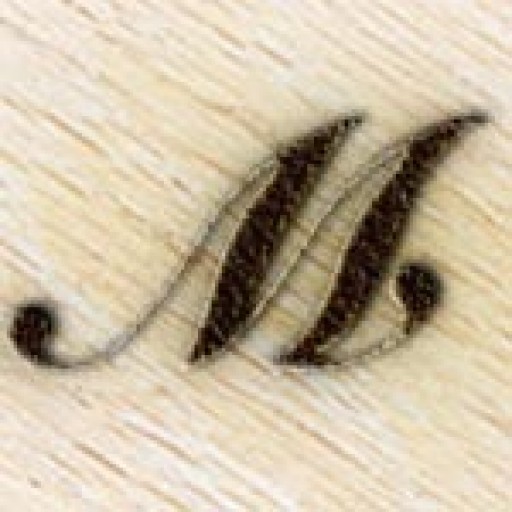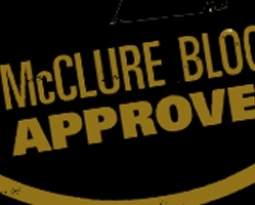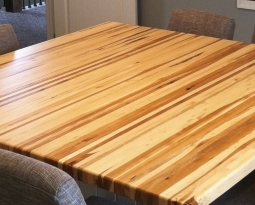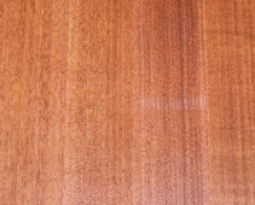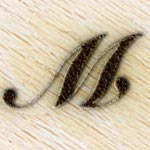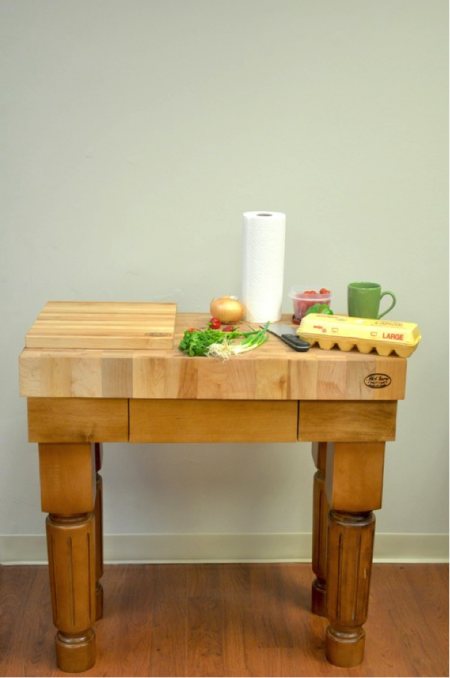
Exquisite and functional butcher block cutting boards, kitchen islands or countertops are staples of any household that is seeking elegant accessories and a practical piece of the puzzle towards cooking unforgettable meals. McClure cutting boards are made to last, however, they do require occasional maintenance to keep them looking and functioning as good as new.
All McClure cutting boards use our famous McClure Chef’s Choice which gives each product a look and feel that is hard to replicate. This finish is our most delicate as it is made from 100% food grade mineral oil and is devoid of harsh chemicals that could be unsafe for consumption. On top of the finish being less durable than other seals and finishes we provide, cutting boards tend to get a ton of exposure to moisture and sharp knives which can result in a dry and grainy cutting surface. While this is a reality of fine butcher block cutting boards, there are certainly precautions that can be taken to avoid this from being permanent.
We’ve provided some of the most essential tips for butcher block maintenance and care below:
Keeping Your Board Clean Goes a Long Way:
First things first, the most basic butcher block maintenance task you can do to ensure that your cutting board lives a long and prosperous life, is to keep it clean. Unlike more impervious surfaces like granite and laminate, wood will easily stain if not cared for in a timely manner. Cleaning your cutting board is as simple as scrubbing the surface using any non-industrial soap and wiping away any excess moisture.
Pro Tip: If you want to go one level deeper and not jeopardize the integrity of your cutting board, lightly apply vinegar. The acid acts as a powerful disinfectant and is devoid of harsh chemicals.
Stain Removal:
Even the most careful butcher block owner forgets to immediately clean up an ingredient that can stain a cutting board. Fear not, as there are several ways to remedy a deep stain that doesn’t immediately rub off with soap or vinegar. Read below for a few of the most common and effective ways to rid your McClure butcher block cutting board of unsightly stains:
Scrape:
For stains that leave behind a trail of debris, use a fine-edged metal spatula to scrape off the debris and as much of the stain as possible. If you can’t completely remove the stain, use one of the cleaning methods below…
Lemon:
One of the most powerful and natural solutions for removing deep stains on your cutting board is using table salt and lemon as a cleansing agent. Lightly sprinkle salt over the stain, cut a lemon in half and scrub the stain with the cut portion of the lemon. Let this sit anywhere from two to twelve hours and then use a damp washcloth or sponge to rub this organic solution off. The acid from the lemon should cut the stain and remove any foul odors that may be lurking.
Baking Soda:
Cover the stain with anywhere from a ¼ cup to ½ cup of baking soda and use a wet sponge to scrub out the stain. Don’t be afraid to apply some force as baking soda isn’t a chemical that is going to linger after you wash it off. Let the solution sit for five minutes before giving it a final scrub.
Bleach:
Bleach should be used as a last resort as it may discolor the wood and the smell may linger for days. If you must use bleach, create a solution using equal parts bleach and water and apply to your butcher block using a damp sponge or rag. For more difficult stains, it may be necessary to let the bleach soak into the cutting board overnight. After thoroughly wiping the surface clean, it’s extremely important to neutralize the bleach with vinegar.
Sanding:
If any of the above options do not work, sanding is always an option. However, this option requires the most amount of work and will require you to re-finish the board with McClure Chef’s Choice. In order to properly sand your butcher block, you will need to use more coarse papers (80,100 grit) to remove the bulk of the stain. Finish the job with finer paper (180,200 grit) and sand the entire board to a uniform thickness. It’s important your board doesn’t have any deep depressions as that could lead to future warping.
Finishing Touch:
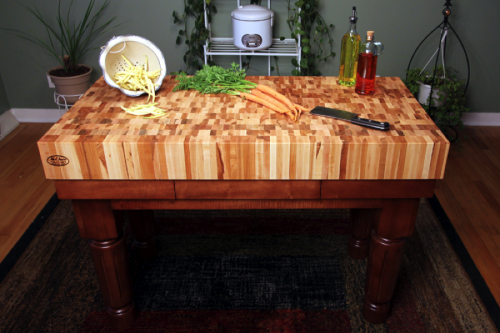
Depending on how dry your climate is and how much you use your butcher block, it’s necessary to re-apply McClure Chef’s Choice at least twice a year. Do this by simply cleaning and re-applying our finish by using a rag and letting the oil sit for fifteen to twenty minutes. Wipe off any excess oil and make sure the distribution is even. Good as new!
